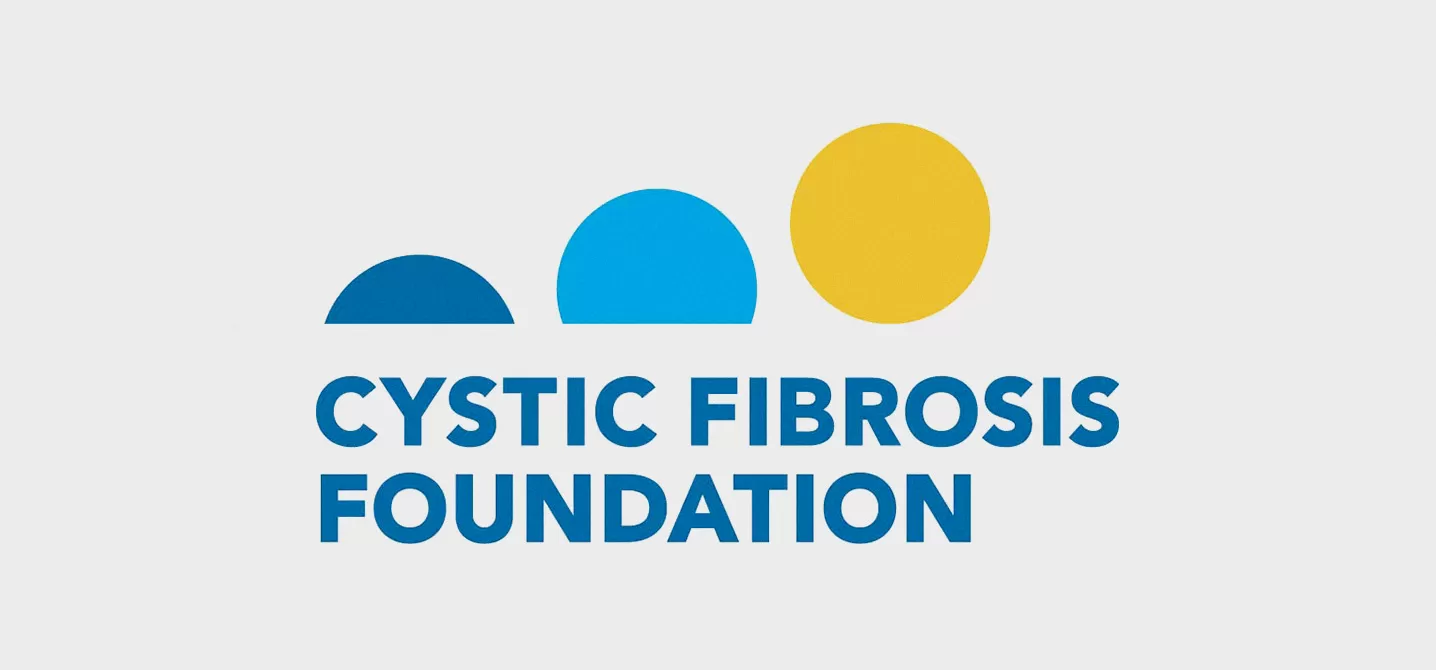Windfall: Good or Bad?

This past November the Cystic Fibrosis Foundation (CFF) announced an unprecedented windfall: $3.3 billion from selling royalty rights to drugs that it helped develop to treat Cystic Fibrosis. The payout is the largest financial return ever secured by a disease nonprofit. The CFF is the gold standard for anyone working in the disease non profit world.
Years ago I had the good fortune to meet the founder of CFF, Doris Tulcin. She now serves on our Professional Advisory Council. I consider myself lucky to count Doris as well as the CFF CEO, Bob Beall, among my mentors. Their $150 million investment for this particular drug has paid off handsomely and I couldn't be happier for them and for the entire CF community. It's been interesting however to see the spectrum of opinions regarding this windfall. Below are two polar opposite commentaries on the subject. I encourage you to read them both.
In case you are wondering whose view I agree with...it's Peter Kolchinsky!
Rethinking Venture Philanthropy After Kalydeco
by Peter Kolchinsky
The Cystic Fibrosis (CF) Foundation’s big win in venture philanthropy can fuel constructive competition among companies developing innovative CF drugs, benefiting both patients and the healthcare system by increasing future treatment options and reducing their cost.
CF is a fatal genetic disease affecting around 30,000 people in the U.S. that is caused by mutations in the cystic fibrosis transmembrane receptor (CFTR) gene. These mutations disrupt either the expression or function of the CFTR protein, causing mucus buildup in the lungs that can impair breathing and lead to infection. Although the most severe symptoms of CF impact the lungs, the disease also leads to a shortage of the pancreatic enzymes needed for digestion.
The vast majority of drugs marketed to treat CF address the symptoms, and not the cause of the disease. Ivacaftor (Kalydeco), a drug from Vertex Pharmaceuticals (NASDAQ: VRTX) that was developed with an investment from the CF Foundation, is the only therapy available that addresses the underlying cause of CF, though currently only for a small fraction of patients with particular mutations. Vertex is developing other drugs, so-called CFTR correctors, that can be combined with ivacaftor to address more CF patients.
Royalty Pharma’s $3.3 billion purchase of the CF Foundation’s roughly 10 percent royalty on Vertex’s CF drugs last month sparked some controversy. Articles in the New York Times and Xconomy suggested that the foundation had somehow failed patients by allowing Vertex to price its drugs so high that a 10 percent royalty could be worth so much. These criticisms echo those directed at the foundation when ivacaftor hit the market in 2012.
Ivacaftor’s price tag, about $300,000 per year, per patient, shocked the market. Critics declared that the CF Foundation should have done more to ensure an affordable price for patients. They further insinuated that the drug’s price was evidence that the foundation had a conflict of interest; it could not simultaneously serve patients and fund biotech companies. In the wake of the multibillion-dollar royalty sale, critics are now repeating these same accusations.
These critics are missing an important part of the CF Foundation’s strategy. While the foundation could not possibly have any leverage over how Vertex priced its drug, by harvesting $3.3 billion now, it will be able to speed the development of over a dozen early competitors. This will usher in an era of competition that will help make the CF therapies of the near future not only better, but also less expensive—long before Vertex’s drugs go generic.
Stop Subsidizing Big Pharma
by Llewellyn Hinkes-Jones
Robert J. Beall, the president and chief executive of the Cystic Fibrosis Foundation, called his recent decision to sell the royalty rights to his organization’s research a “game changer.” Indeed: Deals like this, in which an investment company paid the foundation $3.3 billion for its future royalties from several cystic fibrosis drugs it helped finance, could revolutionize the way medical research is funded. Rather than the staid model of government-funded institutions handing out grants to academic research facilities, a new breed of “venture philanthropies” like the Cystic Fibrosis Foundation could corral private investment into developing lifesaving drugs quickly and cheaply.
The problem is that venture philanthropy is, essentially, another term for privatizing scientific research. Instead of decisions about the fate of scientific funding being made by publicly oriented institutions, those decisions are being put in the hands of anonymous philanthropists and ostensibly benevolent nonprofits.
At the risk of oversimplification, biomedical research divides into two categories: private and public. The former is the constellation of big pharmaceutical companies and start-up labs. The latter comprises government agencies and the universities and philanthropies that rely on government support — directly, through grants, or indirectly, through tax policy. The former can charge whatever it wants for its products; the latter is limited by government rules and price controls.
Venture philanthropy complicates this picture by introducing a tax-exempt loophole. An organization like the Cystic Fibrosis Foundation will take in tax-exempt donations to invest in a pharmaceutical company — in this case, Vertex Pharmaceuticals — to develop drugs based on publicly funded research. Venture philanthropies can then sell the results of that research to private industry to deliver drugs to the market.


